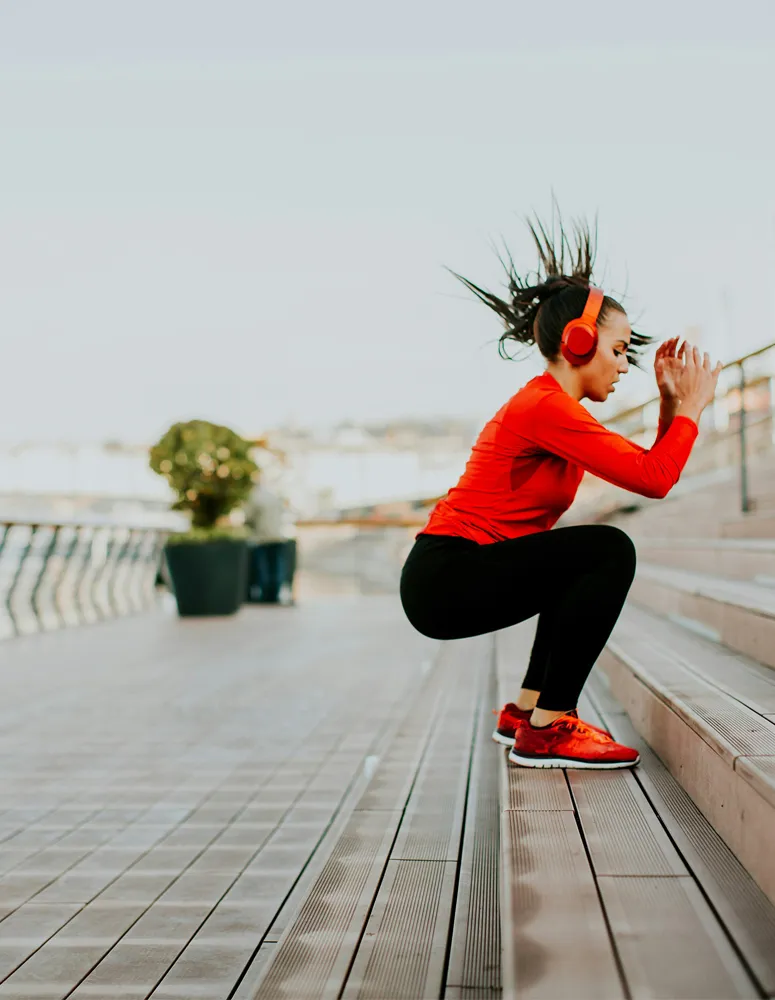Why the Time to Prevent Osteoporosis Is Now—And Why It Matters for Men Too
Why the Time to Prevent Osteoporosis Is Now—And Why It Matters for Men Too
I’ve spent my life helping people live healthier, more vibrant lives—from the inside out. And there’s one silent threat to our vitality that doesn’t get nearly enough attention: osteoporosis.
It’s often called a “woman’s disease,” but that’s a dangerous myth. Yes, women are more frequently diagnosed with osteoporosis due to hormonal changes after menopause. But one in four men over the age of 50 will suffer an osteoporosis-related fracture. That’s a staggering number—and one we can do something about.
Why the Time Is Now
Osteoporosis doesn’t happen overnight. Bone loss begins silently, often in your 30s or 40s, and without any symptoms until a bone breaks. By then, it’s already done its damage. Prevention isn’t just better than treatment—it’s the only way to stay ahead of the curve.
We’re living longer, which is wonderful. But what’s the point of extra years if we’re not mobile, strong, and independent? Healthy bones are the foundation of a healthy life. And now—before symptoms begin—is the right time to act.
How to Strengthen Your Bones Starting Today
Here’s the good news: your bones are living tissue. You can nourish and strengthen them with simple, consistent choices.
- Eat Bone-Friendly Foods Calcium and vitamin D are essential. But so are magnesium, potassium, and vitamin K2. Think leafy greens, fatty fish like salmon, nuts, seeds, eggs, and fermented foods. Minimize processed foods and added sugars—they deplete the minerals your bones need.
- Choose Weight-Bearing Exercise—and Don’t Be Afraid to “Lift Heavy” Weight-bearing exercise is your bones’ best friend. Walking, hiking, dancing, resistance training—they all tell your bones to stay strong. If you’re sitting most of the day, your bones are silently weakening. Every step counts. Also: with exercise, diet, and in some cases medication, bone can be rebuilt and the rate of loss reduced. Weight-bearing exercise is especially important—and especially for women, who are often told to emphasize repetition with lighter weights rather than “lifting heavy.” But here’s the thing: women are going to lose body mass as they age far more rapidly than men. So “bulking up,” as one weight coach says, is like “Money in the bank; fuel in the tank.” Besides, women aren’t likely to “bulk up” nearly as much as men due to their lower testosterone levels.
Another form of exercise that’s great for building bone strength is called plyometrics, or “jump training.” Plyometrics are about explosiveness. You’re training your muscles to expand and contract quickly. Examples include jump squats, box squats, and skater’s lunges. To absorb the blows of these high-impact exercises, the body builds bone and soft tissues (in this case, muscles, tendons, and ligaments). Strong bones and supporting musculature are far less likely to break!
- Hydrate Intelligently (EAT YOUR WATER) As someone who’s long promoted cellular hydration, I can’t overstate how much water matters. But it’s not just about drinking more—it’s about eating hydrating foods (like cucumbers, berries, and celery) and keeping your cells nourished from within. Hydration is especially important when weight-training or performing other strenuous exercise. For one thing, you’re sweating, so need to replace that fluid loss. For another, dehydration reduces muscle performance, strength, endurance, and recovery. Optimizing water and electrolyte intake helps maintain proper fluid balance, nerve impulses, and muscle contractions and prevents cramps.
- Manage Stress Chronic stress raises cortisol, which can actually lead to bone breakdown. Meditation, deep breathing, joyful activities—these are not indulgences; they’re essential practices for bone and overall health.
- Don’t Wait for a Diagnosis Get a bone density scan if you’re over 50 or have risk factors (like smoking, low body weight, or family history). And remember: you don’t need a diagnosis to start protecting your bones.
Why It Matters for Everyone
Osteoporosis is not just a women’s issue. Men are less likely to be diagnosed—but when they break a hip, they’re more likely to suffer serious complications. Prevention is gender-neutral. Strength, resilience, and vitality should be too.
As a doctor and a wellness advocate, I believe true health is proactive. It’s not just about adding years to your life—it’s about adding life to your years. Strong bones are part of that equation. Let’s stop thinking of osteoporosis as an “older woman’s problem,” and start treating it as a whole-life, whole-person challenge that we can face—and conquer—together.
Stay well, stay strong.
That’s #ModernWellness!
